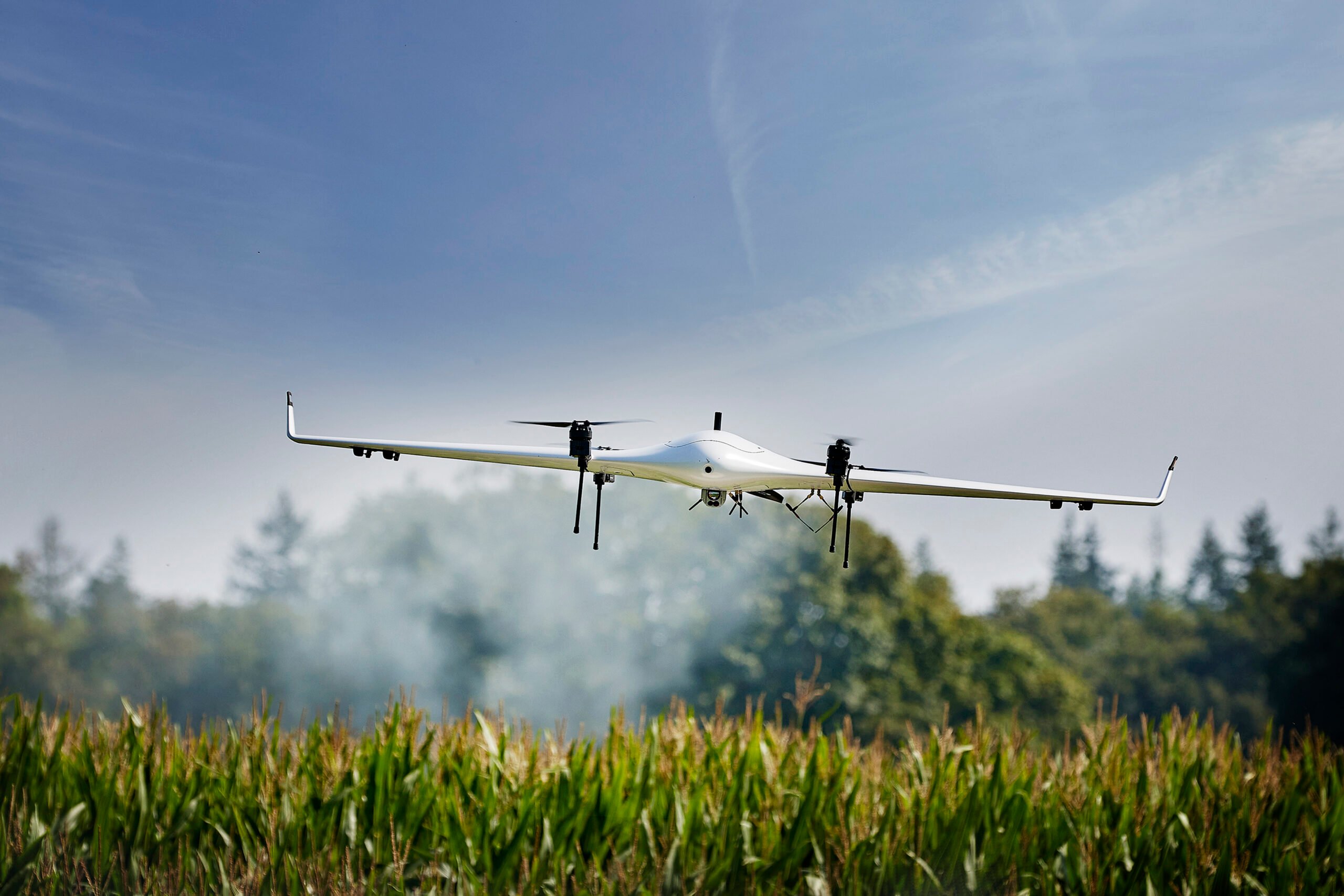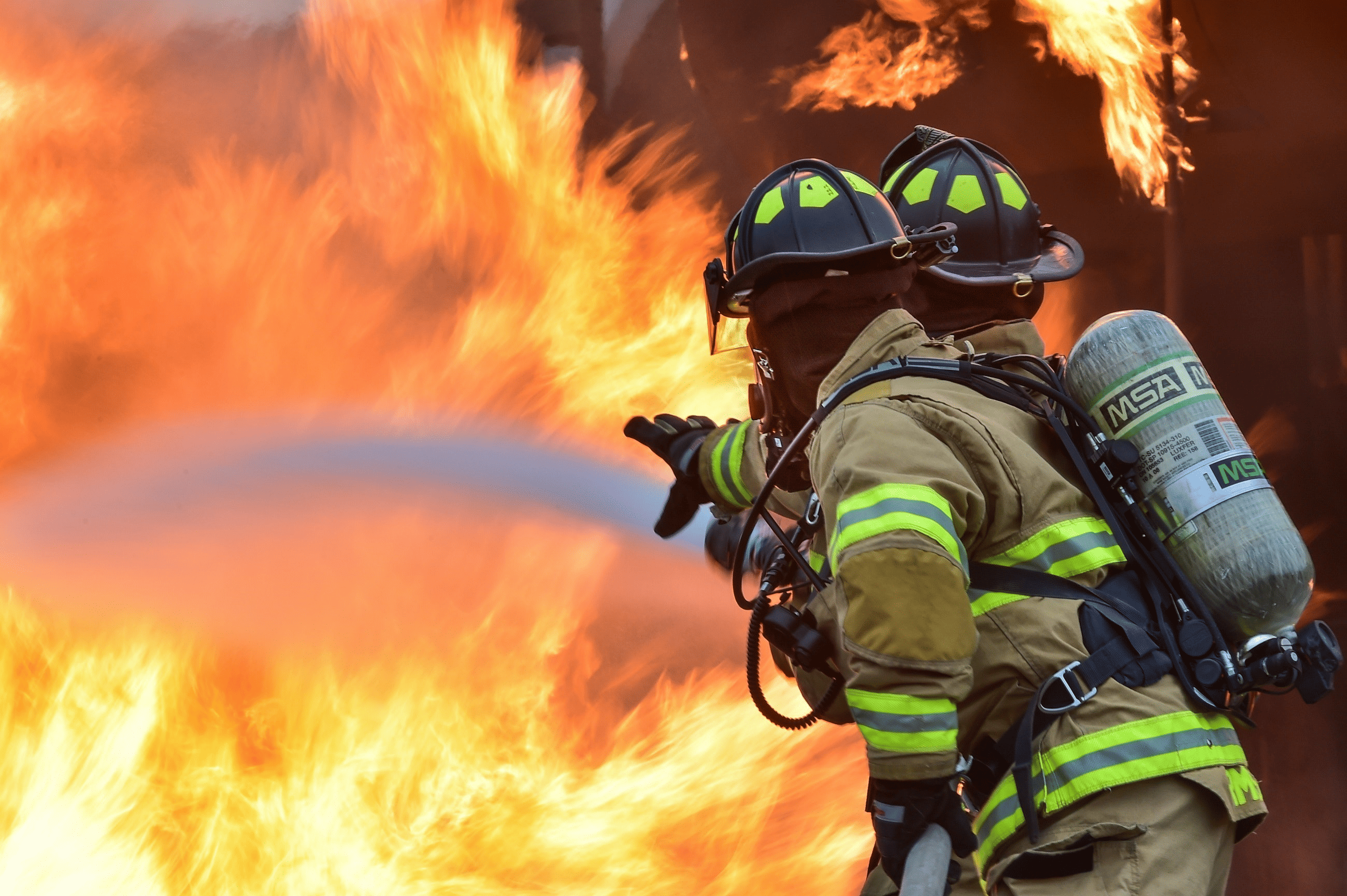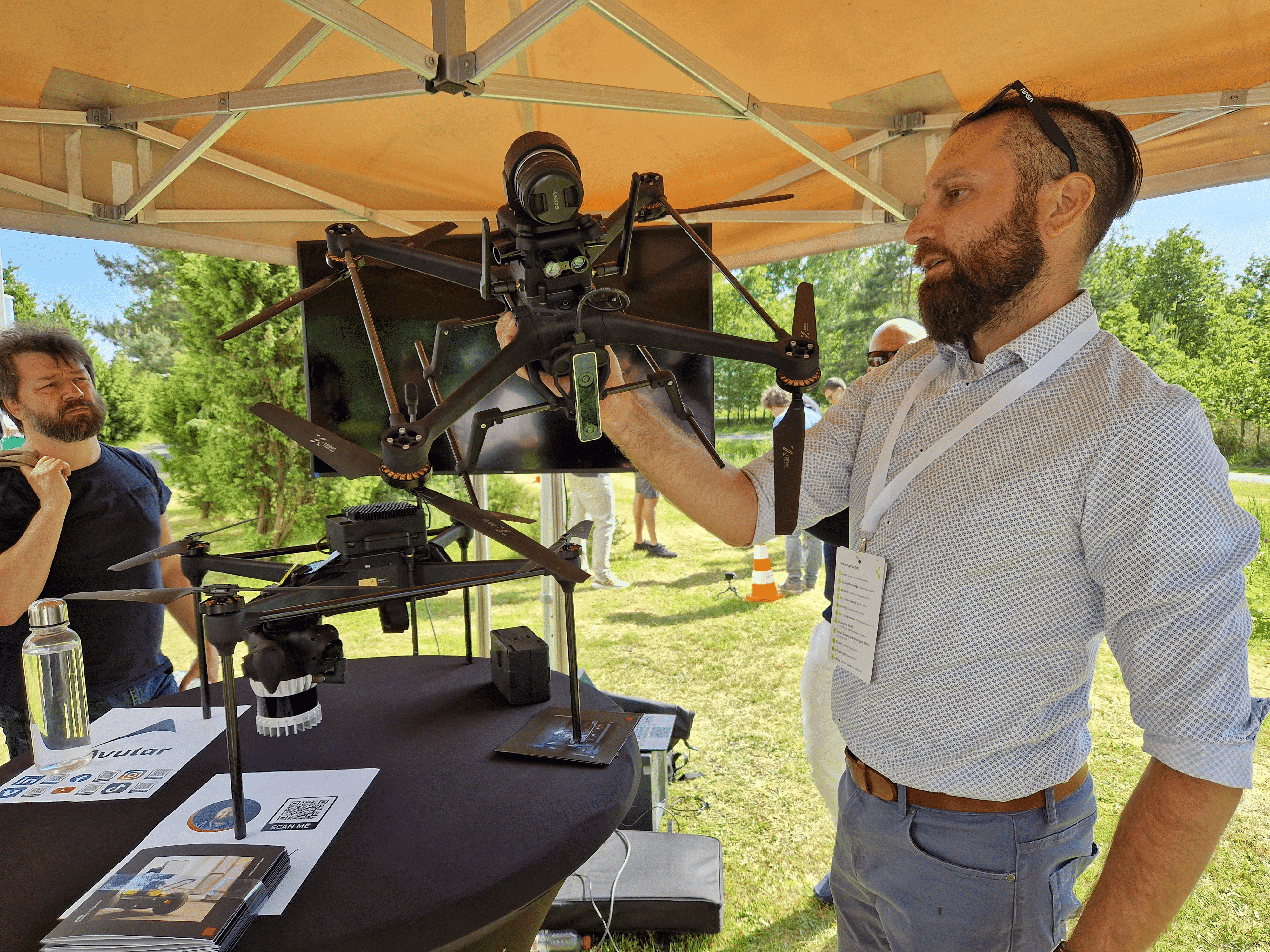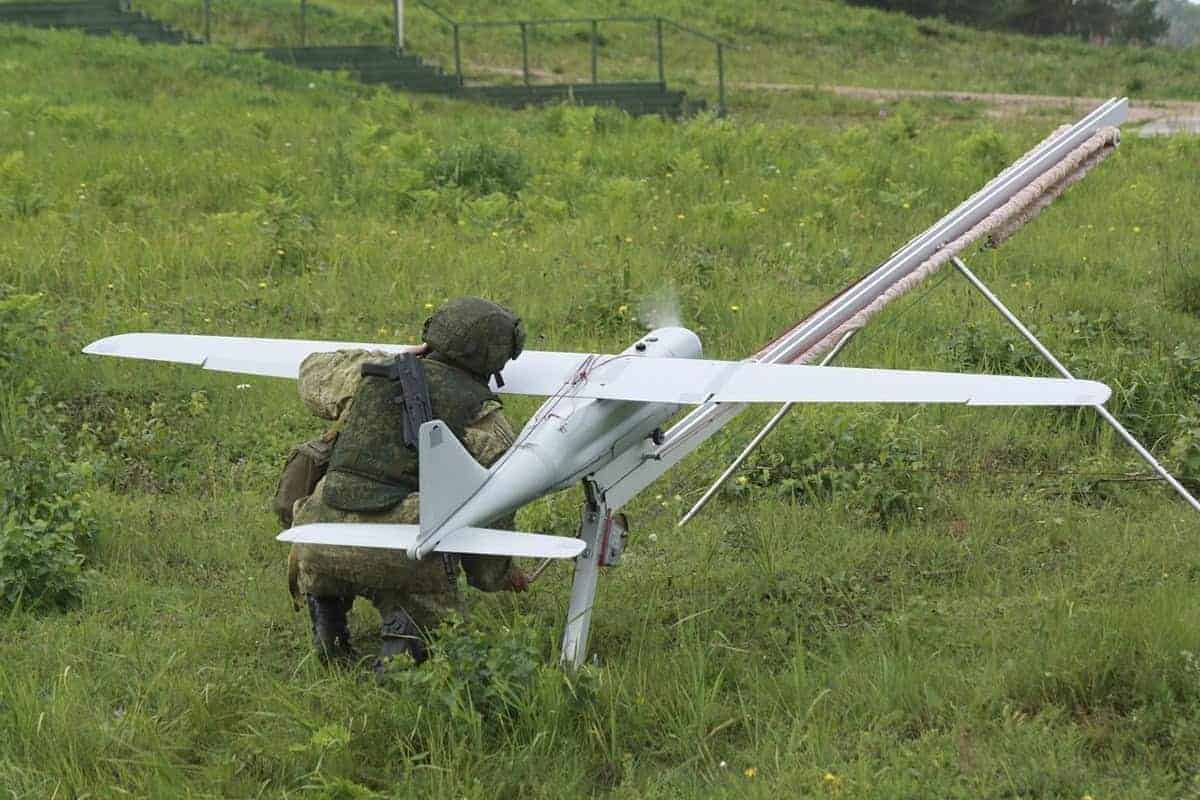
Today the starting shot was fired for test phases 2 and 3 for the detection of wildfires using the long-distance drone Avy Aera. The Veluws Bosbrandweer Comité (Veluwe Forest Fire Committee, VBC) and Avy announced in a press release that they are jointly exploring the use of drones for the early detection of natural wildfires. Finding such fires using artificial intelligence is new in the Netherlands. Making the camera images available in real time is also unprecedented. Test phase 1, which showed that the drone can distinguish a wildfire from a great distance, took place back in February. The aim of that phase was to optimize the routes used by the Avy drone for the automatic recognition of incipient wildfires.
Also interesting: Drones to be tested for the first time in Europe to carry human organs
Up until now, airplanes have been used to monitor nature reserves for fires in the Netherlands. This project is investigating whether the use of drones can be used as an alternative in the Hoge Veluwe National Park. Climate change means that wildfires are becoming more frequent, making monitoring increasingly important. It is expected that drones can be used to increase the range of the monitored areas as well as the speed at which that is done, plus create images in the control room. What’s more, drones emit less CO2. Phase 4, which centers on an analysis of the costs and benefits for the Dutch situation, should follow in the autumn. At the same time, work is being done to improve Artificial Intelligence for recognizing and locating fires, which will immediately lead to preparations for integration into the control room (phase 5).
Working towards an autonomous system
Arnoud Buiting, chair of the Dutch National Network for Wildfires, commented on these test days: “In this phase, Beyond Visual Line of Sight will be flown for the first time for the fire service in the Dutch public domain. The drone is unique in terms of meeting safety requirements and with the drone docking station, we are working step-by-step towards an autonomous system. The ultimate goal is a nationwide integration into the control room.” Patrique Zaman, CEO of Avy, adds: “Lower costs mean that Avy can fly more often. And its artificial intelligence means that drones are independent of human eyes and any obstructions, such as clouds. This makes their use more reliable and consequently, earlier detection is also possible. A real win-win situation!”
Artificial intelligence
Artificial intelligence is being used for the first time in the Netherlands to detect fires more quickly. To do this, Avy is working with the Dutch software company LIVEOP. Jan van de Poel, chair of the Landelijke Vakgroep Geo (National Professional Group gEO), about LIVEOP: “This fire recognition software can determine in real time and with great accuracy whether there is a fire or smoke development on the images. A potential fire can therefore be detected at an earlier stage. This reduces the chance of it spreading and the damage it could cause. In other words, the earlier we get there, the better.”
About Avy
Avy is a pioneer in innovative technology which has an eye on the transition to sustainable aviation. Founded in 2016, the Dutch tech scale-up develops long-range drones for medical transport and the fire service. The design of the self-flying Avy Aera incorporates the sophisticated principles of Dutch Design. This aerial drone can take off and land vertically, thereby making hard-to-reach places accessible. Thanks to its wings, the drone is simultaneously capable of covering long distances, and is therefore about ten times more efficient than conventional drones. Avy’s drone network is fully electric, emission-free and operates at low noise levels. With this, the future of aviation has arrived. Avy is currently active in both the European and African markets. See also avy.eu.
About VBC
The Veluws Bosbrandweer Comité is the commissioning party for the research into the use of Avy in detecting forest fires. The foundation is financed by Veluwe municipalities in the operational area of the Safety Region North and East Gelderland (VNOG), and Safety and Health Region Gelderland-Midden (VGGM). The Utrecht Safety Region is also participating in the project.
Selected for you!
Innovation Origins is the European platform for innovation news. In addition to the many reports from our own editors in 15 European countries, we select the most important press releases from reliable sources. This way you can stay up to date on what is happening in the world of innovation. Are you or do you know an organization that should not be missing from our list of selected sources? Then report to our editorial team.






